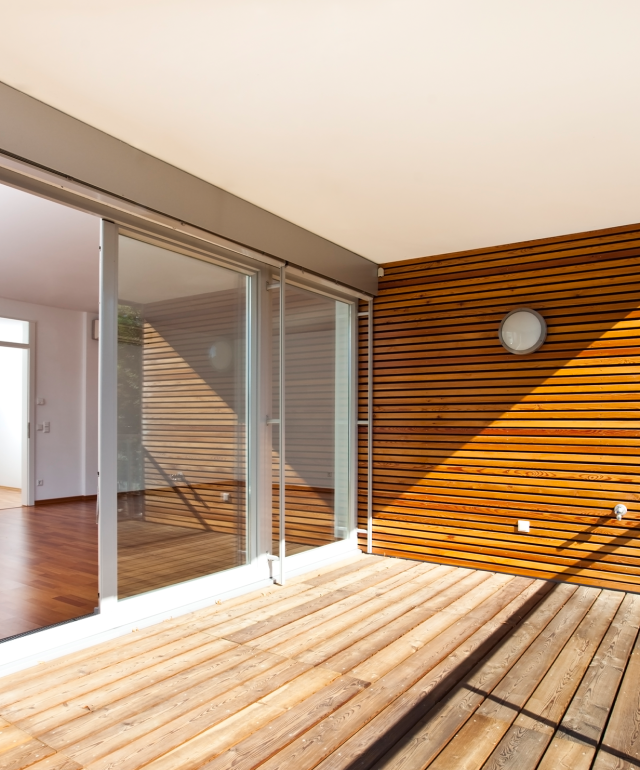Introduction to Vacuum Insulated Glass
Vacuum insulated glass, often referred to as vacuum insulated glass, represents a significant advancement in the field of glazing technologies. Its unique construction incorporates a vacuum between two glass panes, effectively minimizing thermal transfer. This design not only enhances energy efficiency but also helps in noise reduction, making it ideal for both residential and commercial applications. As energy conservation becomes increasingly essential, the demand for vacuum insulated glass continues to grow, exemplifying its relevance in achieving sustainable living conditions.

Applications of Vacuum Glass in Everyday Life
The practical applications of vacuum glass extend beyond mere aesthetics. In the realms of architecture and construction, it facilitates the creation of larger windows that do not compromise on thermal performance. For instance, homes located in extreme climates benefit significantly, as these windows prevent excessive heat loss during winters and reduce cooling costs in summers. In commercial scenarios, office buildings equipped with vacuum glass showcase modern technology while significantly decreasing energy expenditure, underscoring the product’s economic value and its role in attracting eco-conscious tenants.
The Advantages of Insulated Windows
Insulated windows, known for their superior energy retention capabilities, utilize advanced technology similar to that found in vacuum insulated glass. These insulated windows are engineered with multiple layers, often incorporating argon gas between panes to enhance thermal insulation. In urban environments, the use of insulated windows can lead to a noticeable reduction in external noise, creating a more comfortable living space. Moreover, properly installed insulated windows can significantly reduce heating and cooling expenses, offering a practical solution for homeowners aiming to optimize energy efficiency while preserving indoor comfort.
Impact of Insulated Windows on Energy Efficiency
Incorporating insulated windows into residential and commercial buildings not only elevates comfort but also supports sustainable practices. Research indicates that homes with these windows can save up to 30% on energy costs annually, making them a valuable investment. Furthermore, the increasing regulatory emphasis on energy efficiency in construction signifies a shift towards more sustainable building practices. By leveraging insulated windows, property owners can achieve compliance with these standards while benefiting from lower utility costs and improved property value, reflecting the enduring advantages of this technology.

Conclusion: Choose SuperVIG for Your Glazing Solutions
In conclusion, vacuum insulated glass and insulated windows alike represent pivotal advancements in sustainable architecture. These technologies not only enhance energy efficiency but also promote a comfortable living environment. For those looking to invest in high-quality glazing systems, SuperVIG stands out as a reputable manufacturer, providing exceptional products with reliable supply advantages. By choosing SuperVIG, consumers can be assured of both innovation and quality, securing a better future through effective glazing solutions.